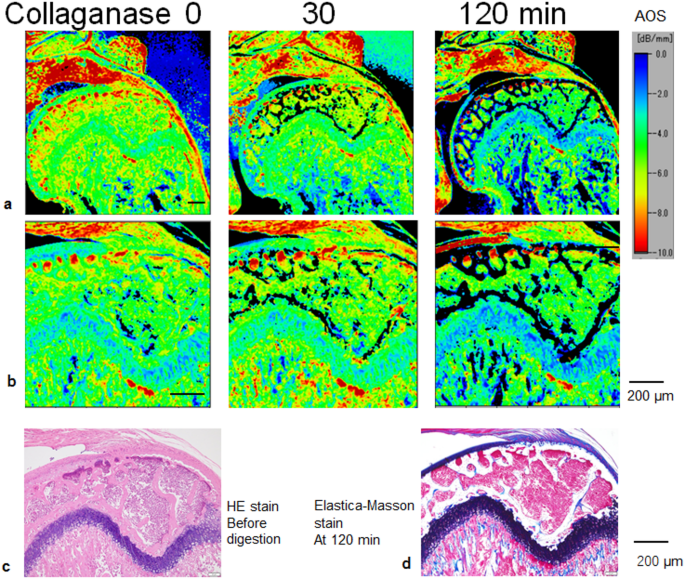A 25-year study of ‘superagers’ reveals the brain and lifestyle factors that help some older adults defy typical memory decline, offering clues for boosting cognitive resilience across the lifespan.
Participants in the Northwestern University SuperAging study gathered on May 24, 2013, to mingle and socialize. Photograph by Ben Kesling, at the time with The Wall Street Journal. Study: The first 25 years of the Northwestern University SuperAging Program
In a recent article published in the journal Alzheimer’s & Dementia, researchers at the Northwestern University Alzheimer’s Disease Research Center (ADRC) investigated ‘superaging’, a specific, operationally defined biological and cognitive phenotype in people over 80 who perform as well as individuals who are 20–30 years younger on memory tests.
Superagers, they found, show cellular characteristics and brain structures that resist typical declines associated with age, including reduced inflammation, distinct patterns of “resistance” to the development of pathology and “resilience” to its cognitive impact, and higher densities of certain specialized neurons.
The term “superaging” (no space between “super” and “ager”) was deliberately chosen as a symbolic designation for this quantitative threshold rather than a generic description.
Background
The human brain changes over time through both constructive and regressive processes. Early in life, adaptive changes dominate, but with age, these are gradually undermined by biological factors.
Neurons are particularly vulnerable because they do not regenerate, work intensely to transmit information, and consume large amounts of energy, leading to cumulative wear and tear. Aging is often linked to brain shrinkage, loss of neurons and synapses, and accumulation of harmful proteins, which has reinforced the view that cognitive decline is inevitable.
Historically, perspectives on aging have ranged from pessimism to a belief in the enduring value of judgment and wisdom. Modern neuroscience has largely emphasized the negative view, especially due to Alzheimer’s disease research showing that most older adults develop some brain changes linked to this condition.
The Northwestern University SuperAging Program began in the mid-1990s after an unusual autopsy of an 81-year-old woman with exceptional memory and minimal Alzheimer’s disease-related pathology.
This discovery suggested that significant memory loss is not unavoidable and inspired a research program to identify the biological traits that protect certain older adults from cognitive decline.
About the Study
Researchers defined superagers as individuals aged 80 and above who scored at least 9 out of 15 on the Rey Auditory Verbal Learning Test (RAVLT) delayed recall, matching the average performance of 56–66-year-olds but well above the typical score for their age of 5 out of 15.
Candidates also had to perform at least at an age-appropriate level on other cognitive tests. Episodic memory was chosen as the main criterion because it is the domain most affected by aging.
Participants were recruited from cognitively normal controls in the Northwestern ADRC Clinical Core and via referrals, though only about 10% of referrals met the superaging criteria.
The study eventually enrolled 290 participants, including 101 superagers and 32 neurotypical peers, with a mean age of around 90. Brain donation was encouraged, resulting in 77 autopsies.
Researchers also collected data on social engagement, lifestyle, and personality. While superagers did not have healthier medical profiles or consistently follow “healthy” lifestyles, they tended to be highly sociable, report positive relationships, and score higher in extraversion. The researchers also noted that these personality characteristics align with the anterior cingulate cortex’s role in social and emotional processing, one of the brain regions preserved in superagers.
Longitudinal follow-up assessed neuropathology, brain imaging, and cognitive stability. Neuroimaging focused on cortical thickness, especially in the anterior cingulate. Neuropathological analysis examined neuron density, protein accumulations, cholinergic system integrity, and microglial activity.
Key Findings
Neuroimaging showed that, unlike typical older adults, superagers had no cortical thinning compared to much younger adults, and thinning occurred more slowly over time.
Surprisingly, their anterior cingulate cortex was thicker than in 50–60-year-olds and contained more von Economo neurons, which are specialized cells linked to social and emotional processing. The authors note that superagers may be born with a higher density of these neurons, as this did not appear to decline with age in neurotypical adults.
Post-mortem studies revealed fewer Alzheimer’s disease-related neurofibrillary tangles in memory-critical regions such as the entorhinal cortex and hippocampus. The authors emphasised two possible mechanisms: resistance to the development of such tangles and resilience to their cognitive effects. In some cases, neuron size in the entorhinal layer two was larger, possibly conferring resistance or resilience to age-related changes. Superagers also had lower blood levels of phosphorylated tau, specifically p-tau181, supporting reduced pathology.
The basal forebrain cholinergic system, important for attention and memory, showed fewer tangles and axonal abnormalities in superagers, along with a lower density of acetylcholinesterase-rich neurons—potentially increasing the effect of acetylcholine by reducing its breakdown.
Microglial activation in white matter was also reduced, suggesting a lower inflammatory burden. Preliminary work also found that microglia from superager brains have unique characteristics and different proliferation patterns in culture.
A detailed case study demonstrated remarkable cognitive stability over 15 years, minimal brain atrophy, normal hippocampal and amygdala volumes, and sparse tau pathology without amyloid deposits or other common age-related brain diseases.
These findings suggest that superaging involves both structural preservation and biological resistance to common neurodegenerative processes, supporting exceptional memory performance well into advanced age.
Conclusions
The Northwestern University SuperAging Program has demonstrated that it is possible to identify individuals in their 80s and beyond who retain memory performance comparable to those decades younger and who exhibit a distinctive neurobiological profile.
This clinicobiological phenotype, characterized by preserved brain morphology, greater von Economo neuron density, robust cholinergic systems, reduced neurofibrillary degeneration, and lower white matter inflammation, offers a valuable contrast for understanding the mechanisms driving typical cognitive decline.
A key strength is the program’s integration of longitudinal clinical, neuroimaging, and post-mortem data, enabling robust phenotype characterization. Findings suggest that superaging reflects a relative dominance of constructive neuroplasticity over involutional processes, potentially modulated by genetic, epigenetic, and environmental factors. Candidate genes such as KLOTHO, BDNF, APOE, REST, and TMEM106b have been proposed as possible contributors, although their role in superaging remains to be determined.
Limitations include the small proportion of the population meeting superaging criteria and uncertainty over whether protective traits are innate or modifiable. The authors also caution that conventional neuropathological staging systems, such as Braak stages, may underestimate preserved neurons that contribute to maintained function in superagers.
Future research should clarify causal mechanisms, assess interventions to delay regressive brain changes, and explore pharmacological pathways to enhance resilience and resistance, potentially benefiting cognitive longevity in the broader aging population.









